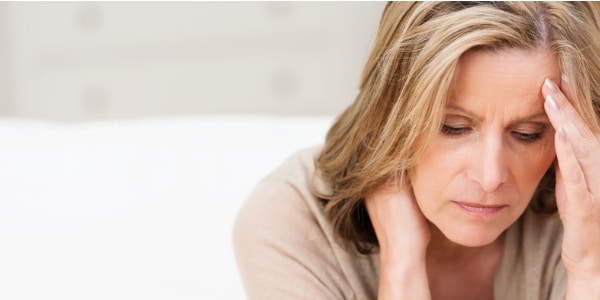Changes in energy, overall mood or personal satisfaction are commonly experienced among middle-aged men and women. However, are these changes depression? Learn more here.
Changes in Thinking
From their mid-forties through their early sixties, both men and women have reported experiencing changes in their thinking, feeling and behavior patterns. Over the past several years, new developments and treatment plans have emerged. Shedding light on the phenomenon and reducing the stigma of mental health struggles have been instrumental in developing effective research and creating meaningful solutions. The first step always begins with a diagnosis, moving from there to find suitable therapy options and seek relief from symptoms.
Clinical Depression
Causes of depressive mood disorders vary based on age, location, life circumstances and even socio-economic conditions. There is no substitute for qualified medical intervention for individuals experiencing intense feelings of malaise and despair or desire to inflict self-harm. Individuals with a history of mental health disorders often seek relief though a combination of medicine, counseling and various holistic approaches.
Men and women who begin to experience signs of this obstacle during their transition into middle age may be so deeply involved in their own struggle that they do not recognize it as depression. Worse, they do not realize that hormonal changes could be the cause and that treatments are readily available.
Modern Midlife Crisis
 Classic signs of depressive mood disorders for individuals entering midlife include tiredness, fatigue, malaise and indifference toward daily activities. Loss of interest in activities that once brought joy is a frequent indicator of low-grade dysthymic disorder among men and women in their mid-forties and beyond. Individuals at this stage of their life are typically moving from a focus on belonging to a group or being accepted by others toward their own self-actualization. This path can be confusing and filled with mixed emotions, self-doubt and even regret over past decisions.
Classic signs of depressive mood disorders for individuals entering midlife include tiredness, fatigue, malaise and indifference toward daily activities. Loss of interest in activities that once brought joy is a frequent indicator of low-grade dysthymic disorder among men and women in their mid-forties and beyond. Individuals at this stage of their life are typically moving from a focus on belonging to a group or being accepted by others toward their own self-actualization. This path can be confusing and filled with mixed emotions, self-doubt and even regret over past decisions.
Past responses to this proverbial midlife generally included everything from impulse purchases such as sports cars to major life decisions such as relocation, divorce or career changes. Many individuals simply allowed their atypical behaviors to take over for a few years and then went on with life as usual, never fully understanding what had happened or knowing that it could have been prevented.
The treatment approach today is much more transparent and proactive than in the past. People are able to discuss their challenges openly and seek treatment from a variety of sources without judgment.
Alternative Therapy Options
Today, there are many different types of treatment options available for middle-aged men and women to combat feelings of a depressive nature. For example, light therapy similar to that used in seasonal affective disorder has helped many individuals feel better about their entry into midlife. Meditative or faith-based treatments may include yoga, timed meditation, tai chi and aerobic exercise. Multiple resorts and spas are available in every state accommodating this popular treatment option.
Hormone Therapy Treatment
Hormone therapies also exist for both men and women and are often very effective since the hormonal imbalances that occur in the body beginning in the mid-forties often trigger this phenomenon. Hormone-replacement therapy has been successfully used for decades to treat women entering menopause or after surgeries involving reproductive organs. Now, similar hormone treatments are available to male and female patients who are seeking relief and a return to their joyful selves despite their advancing age.
Hormone therapy offers relief to middle-aged patients beyond simply helping them feel better. One major benefit that is frequently experienced is the fight against insulin resistance. Since diabetes and other metabolic changes often occur during this period of life, hormone therapy may provide relief to much of the physiological and psychological changes the body experiences as it ages.





